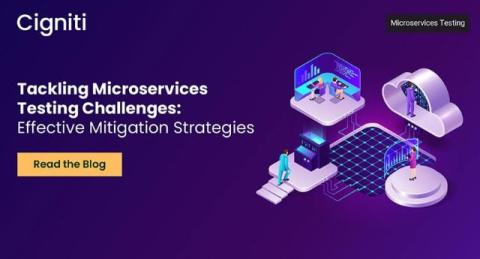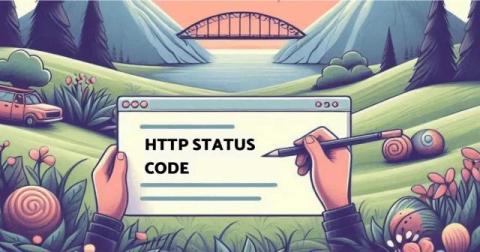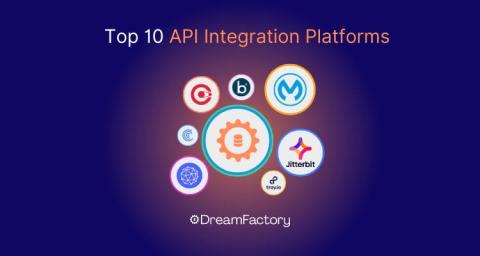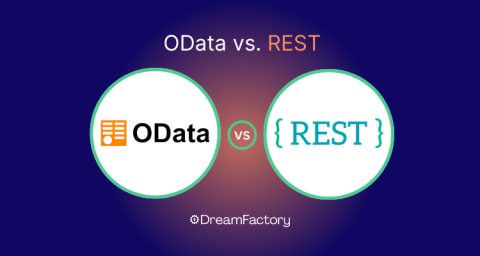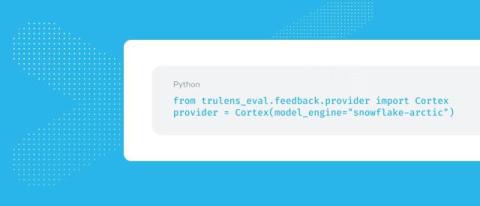Tackling Microservices Testing Challenges: Effective Mitigation Strategies
According to Statista, the microservices architecture market will grow at a robust CAGR of 19.6%, reaching $10.86 billion by 2027, up from $4.44 billion in 2022. The shift to microservices architecture has revolutionized software design and development, significantly enhancing agility, scalability, resilience, delivery times, cost-effectiveness, and more. Since Dr.


